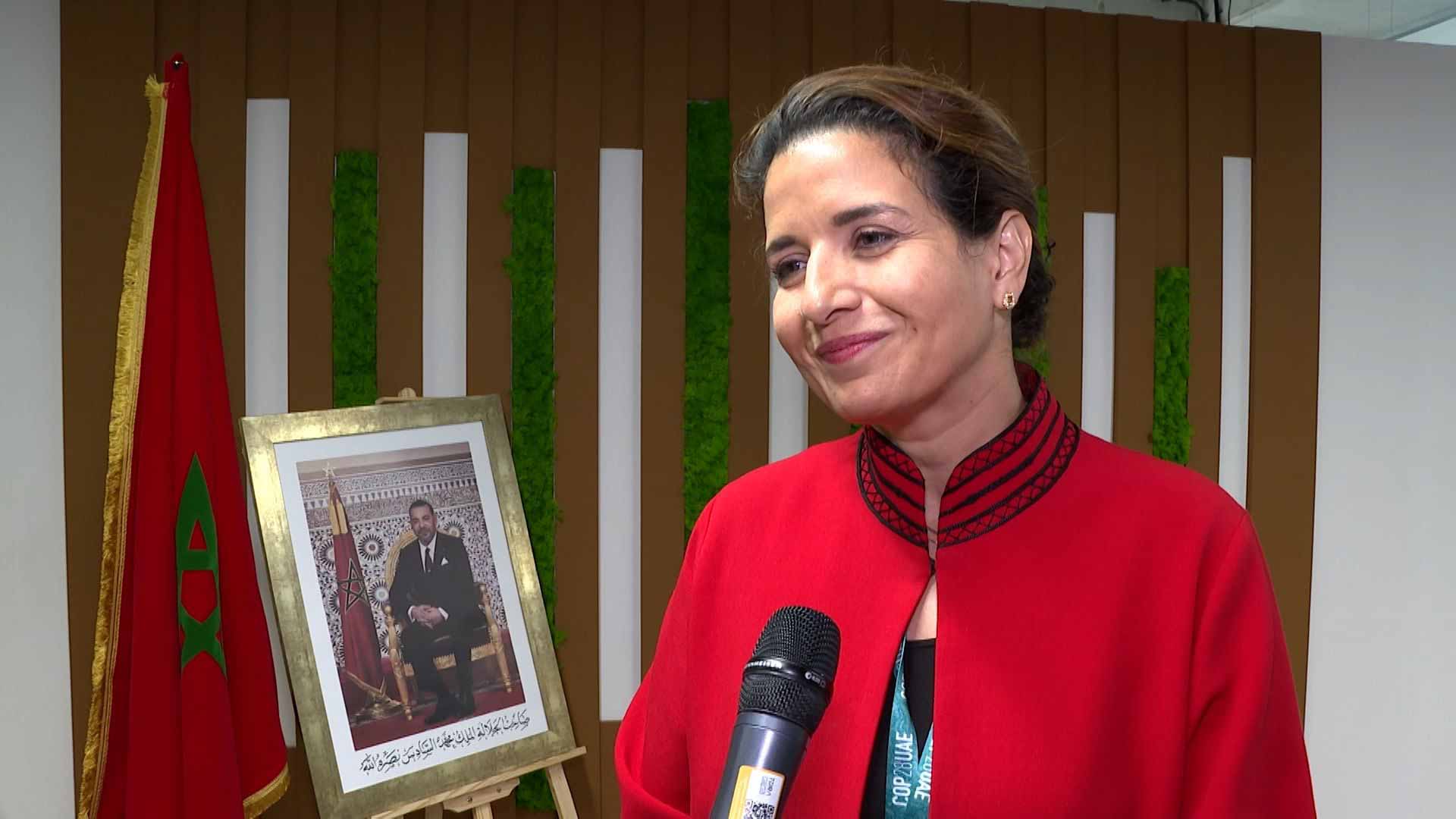Gold demand defies Q2 headwinds with year-on-year recovery in first half of 2022
London_ 28 July 2022. The World Gold Council’s latest Gold Demand Trends report reveals that gold demand (excluding OTC) in the second quarter was down 8% year-on-year to 948t. However, thanks to strong ETF inflows in Q1, gold demand for the first half of 2022 is up 12% compared to H1 2021 at 2,189t.
After an initial rally in April on geopolitical risks and building inflationary pressure, the gold price dropped in the second quarter of 2022 as investors shifted their focus to rapidly rising interest rates and a strikingly strong US dollar.
The 6% decline in the gold price over the quarter impacted gold ETFs, which saw outflows of 39t in Q2. Net H1 inflows totalled 234t, compared to 127t of outflows in H1 2021. However, the Q2 decline likely sets a weaker tone for ETFs in H2, given a potentially softening inflation outlook amid continued rate rises.
Gold bar and coin demand remained stable year-on-year at 245t in Q2. Growth in demand came notably from India, the Middle East, and Turkey which helped to balance weakness in Chinese demand that was partially driven by continued coronavirus lockdowns. As a result, there was a 12% year-on-year decline in global bar and coin demand to 526t in H1.
In the jewellery sector, Q2 gold demand increased 4% year-on-year to 453t, helped by a recovery in Indian demand, up 49% compared with Q2 2021. The strong performance in India balances a significant decline of 28% in China, where the market was dampened by coronavirus lockdowns that stalled economic activity and constrained consumer spending.
Central banks were net buyers in Q2, growing global official reserves by 180t. Net purchases reached 270t in H1, aligning with the results from our recent central bank survey, in which 25% of respondents said they intended to increase their gold reserves in the next 12 months.[1]
Turning to the technology sector, demand for gold was down 2% from Q2 2021 at 78t, and as a result, H1 2022 demand was marginally lower year-on-year at 159t. The electronics sector has continued to experience supply chain disruption, and is now facing diminished consumer appetite for electronics as the cost-of-living crisis starts to bite; both of which influenced this slight drop in demand.
Mine production for the first half of the year hit record highs in our Gold Demand Trends data series[2] reaching 1,764t, up 3% on H1 2021. Production was boosted by some projects mining higher grade deposits and the Chinese mining industry returning to normal output levels after safety stoppages last year. Elevated gold prices in Q1 and increasing economic hardship and uncertainty led to an uptick in recycling activity, with total H1 recycling reaching 592t, 8% higher year-on-year.
Louise Street, Senior Analyst EMEA at the World Gold Council commented:
“In the first half of 2022, the global gold market was supported by macroeconomic factors such as rampant inflation and geopolitical uncertainty, but it also faced headwinds from rising interest rates coupled with an almost unprecedented surge in the value of the US dollar. And while we have seen prices ease from exceptionally high levels in Q1, gold has been one of the best performing assets so far this year.
“Looking ahead, we see both threats and opportunities for gold in H2 2022. Safe haven demand will likely continue to support gold investment, but further monetary tightening and continued dollar strength may pose headwinds. As many countries face economic weakness and the cost-of-living crises continues to squeeze spending, consumer driven demand will likely soften, although there should be pockets of strength.”
The Gold Demand Trends Q2 2022 report, which includes comprehensive data provided by Metals Focus, can be viewed here:https://www.gold.org/goldhub/research/gold-demand-trends/gold-demand-trends-q2-2022
You can follow the World Gold Council on Twitter at @goldcouncil and like on Facebook.
Share this content:














